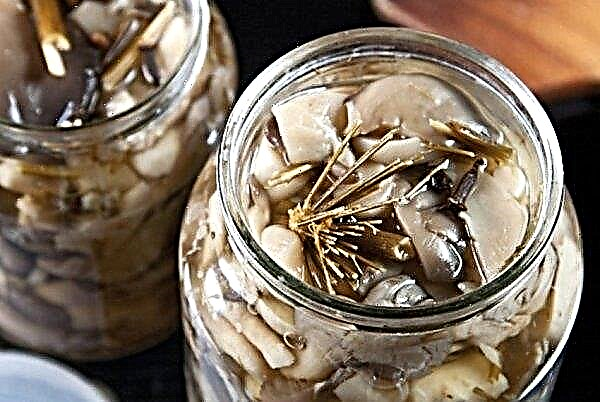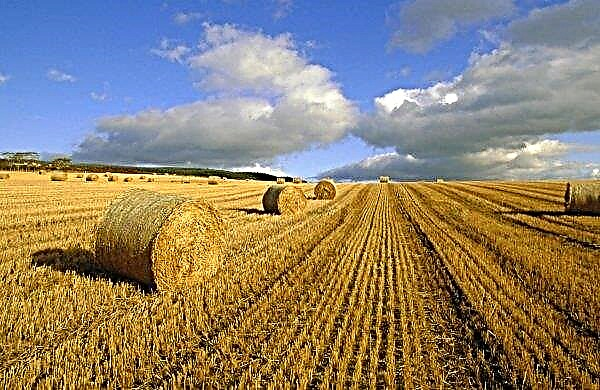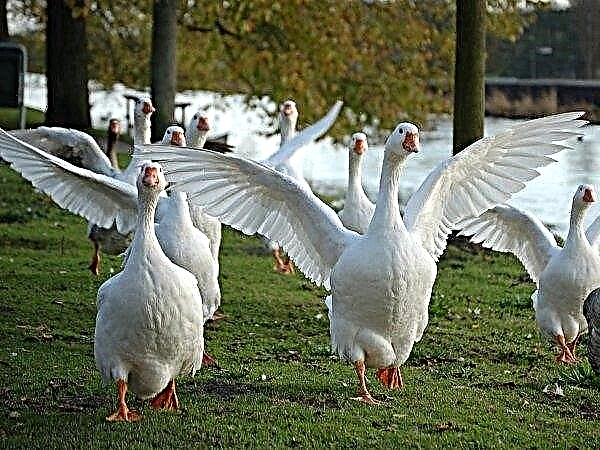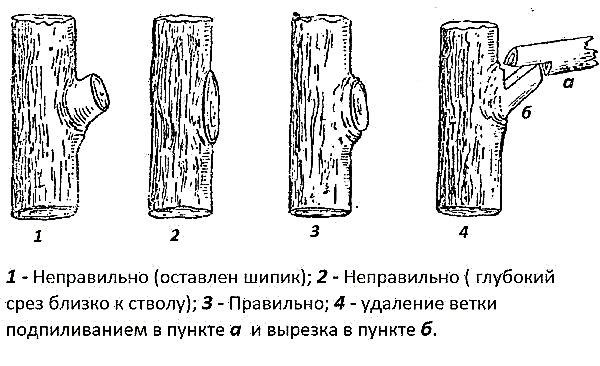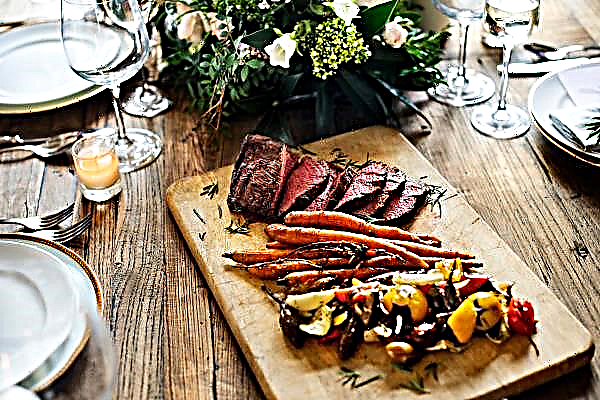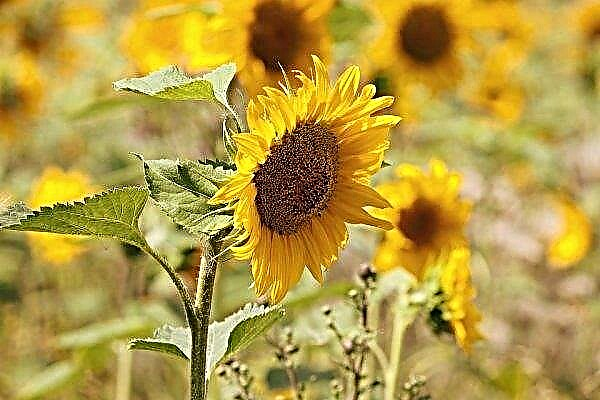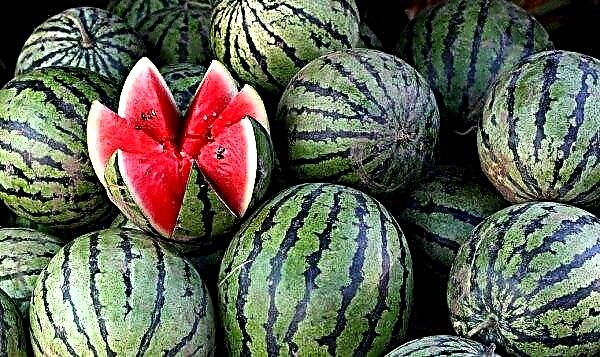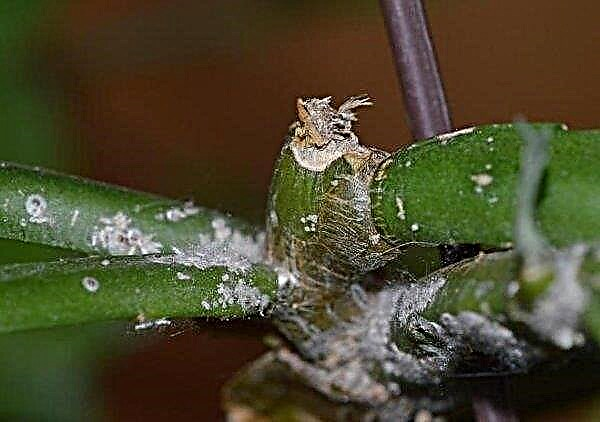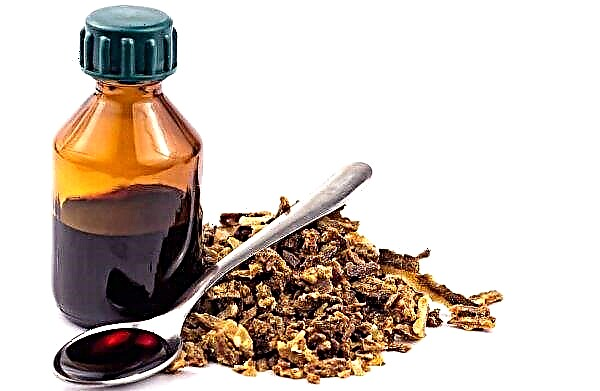Most summer residents prefer to plant conifers in garden plots, because they do not crumble in different seasons. Thanks to such plants, you can decorate a summer house, garden or park area. Prickly spruce Glauka Arizona has a lot of advantages, which will be described below. This article will discuss the features of planting and caring for this crop.
Botanical Description
The Glauca Arizonica / Kaibab variety refers to long-lasting plants with a lifespan of at least 300 years. Prickly spruce grows up to 12 m in height. The crown diameter does not exceed 3 m. In young plants, the crown is asymmetric. When a tree reaches 5 years of age, then it becomes a wide-columnar or conical shape.
The needles have a blue tint and do not change color during the year. Its length is in the range of 10-12 mm. The annual growth of the plant is about 8 cm in height and 10 cm in width. Small cones are formed on the tree, the diameter of which is no more than 2 cm. Their length is in the range from 3 to 3.5 cm. They have a rich brown tint, which creates a contrast against the background of green-blue crown.
Important! The frost resistance of Glauka is high. Plants survive frosts within the range of -37 ...- 40 ° С.
Varieties
There are several varieties of conifers in question: Arizona and Kaybab. Plants have many similar characteristics and differ only slightly.
Description of Arizona variety:
- annual growth rate - 7 cm in height and 9 cm in width;
- narrow-conical crown, dense;
- up to 5 years of age, the maximum height of the plant is 80 cm, adult specimens grow up to 10 m;
- needles are sickle-shaped, dense, the length of the needles is up to 1 cm;
- in young plants, the needles are green, with age it acquires a blue hue.

Winter hardiness of Arizona barbed spruce is high. Plants can survive not only severe winter frosts (up to -40 ° C), but also the return of spring frosts, which negatively affect the development of plants.
Did you know? At the age of 10 years, the root system of the spruce dies. After that, secondary roots are responsible for the vital functions of the tree.
A variety of spruce Kaibab has a wide conical crown, the diameter of which is not more than 90 cm. The height of the plant is within 3 m. The branches grow at a right angle, they are even. The needles are flat, prickly. The length of the needles is about 9 mm. The shade of the needles varies depending on the place of cultivation. If you plant a tree in sunny areas, the color will be silver-blue. As a result of planting in the shade or partial shade, the color of the plant will be saturated green.
Landing
They begin to plant spruce in early spring, at the end of March. This is necessary in order for the young tree to develop and strengthen in the soil by the onset of cooling. First, you need to choose a quality seedling on which there are no signs of diseases and pests (spots, cracks, plaque in different shades). The purchase is carried out in specialized nurseries. In such institutions, all copies are stored in appropriate conditions.
In the fall, you should prepare a place for landing. The site needs to be dug up and organic fertilizers applied (fallen leaves, humus or bird manure). 20 kg are applied per 1 m². The soil should be nutritious, with a neutral pH level (not more than 7). After this, it is necessary to level the soil and mark the site. A distance of 4 m is maintained between the holes so that the trees do not obscure each other and do not intertwine.
Important! The root neck must be left on the surface of the soil. It ensures that oxygen and nutrients enter the soil, thereby enhancing the development of roots and the plant as a whole.
Step-by-step landing instructions:
- Dig holes measuring 70 × 80 cm.
- Pour a 20-cm layer of drainage inside. For these purposes, it is recommended to use expanded clay or broken brick.
- Sprinkle the drainage layer with nutrient soil (a mixture of peat, garden soil and sand in equal proportions).
- Set the seedling and distribute the roots throughout the hole.
- Pour 100 g of compost or nitroammophoska into each pit.
- Sprinkle the hole with soil and compact. This will avoid the formation of voids leading to diseases of the root system.
- Pour 10 liters of water.

Spruce care
Watering the picea pungens Glauka Arizona / Kebab variety must be done correctly. Young plants are irrigated 2 times a week, that is, their root system is weakened and unable to independently extract moisture from the soil. Under each plant, pour 20 liters of warm water. Older plants are watered 3 times a month. Under one plant pour 30 liters of water. Every month it is necessary to water the crown of spruce so that the needles are brighter, with no signs of pests.
Top dressing is applied 2 times during the growing season:
- in the spring, nitroammophoska is used (30 g per 1 plant);
- in the fall superphosphate is used (50 g per 1 plant).

Before watering and top dressing, you need to loosen the top layer of soil. Such a procedure will allow nutrients to penetrate better into the soil, improving the development of the plant (the growth rate is increased, the needles become brighter and the likelihood of diseases is reduced). At intervals of 2 weeks, weeds should be removed. If this is not done, then coniferous culture becomes more susceptible to diseases and pests.
It is not necessary to form a crown; every year, at the beginning of spring, it is necessary to carry out sanitary pruning, removing diseased and damaged branches. You need to mulch the soil every fall, at the end of October. It is enough to cover the trunk circle with a 20-centimeter layer of mulch (fallen leaves, coniferous branches, straw or humus) to protect the root system of young spruce trees from frost. Young trees need to be covered for the winter with agrofibre or spruce branches. Shelter is removed in the spring, after the snow has completely melted.
Young trees need to be covered for the winter with agrofibre or spruce branches. Shelter is removed in the spring, after the snow has completely melted.In order for the plants to develop correctly (the shape of the crown and the life span were preserved), regular spraying against diseases and pests will be required. The main diseases that affect the spruce include fusarium and brown spotting. In the fight against them, fungicidal preparations are sprayed with an interval of 10 days.
Did you know? In the summer, the spruce forest is cool, and in the winter it is much warmer (compared to mixed or deciduous forests).
Against fusarium, the symptoms of which include dry needles and its fall, use Topsin (30 g per 5 liters of water). An effective remedy against brown spotting is the "Ordan" (100 g per 4 liters of water). Symptoms of the disease appear in the form of brown spots, which are localized not only on the needles, but also on the bark. After a while, the disease develops and violates the structure of the tree (the crown is deformed, the roots dry and the plant dies).
Glauca Arizona / Kebab pests of prickly spruce Glauka include:
- Hermes. Against the parasite, “Aktara” is used (2 ampoules per 5 liters of water).
- Gallitsa fir. An effective remedy against it is Confidor (3 ampoules per 5 liters of water).

The use of wood in landscape design
Most often, Spruce Glauka Arizona / Kebab is used in landscape design. This plant can be planted both singly and in group plantings. Quite often, this culture is used to decorate park areas, alleys and gardens.
Despite the small growth of trees, they are used as hedges. Some summer residents plant them in the garden so that there is a shadow during outdoor recreation. Spiny spruce goes well with thuja, juniper and flowers. In spring, it very beautifully complements flower beds with tulips, and in autumn enhances the beauty of bright peonies.
So, now you know that the prickly spruce Glauka Arizona / Kebab is unpretentious in leaving and can supplement any site. Trees that do not require pruning will be the best option for beginners in the gardening industry.

